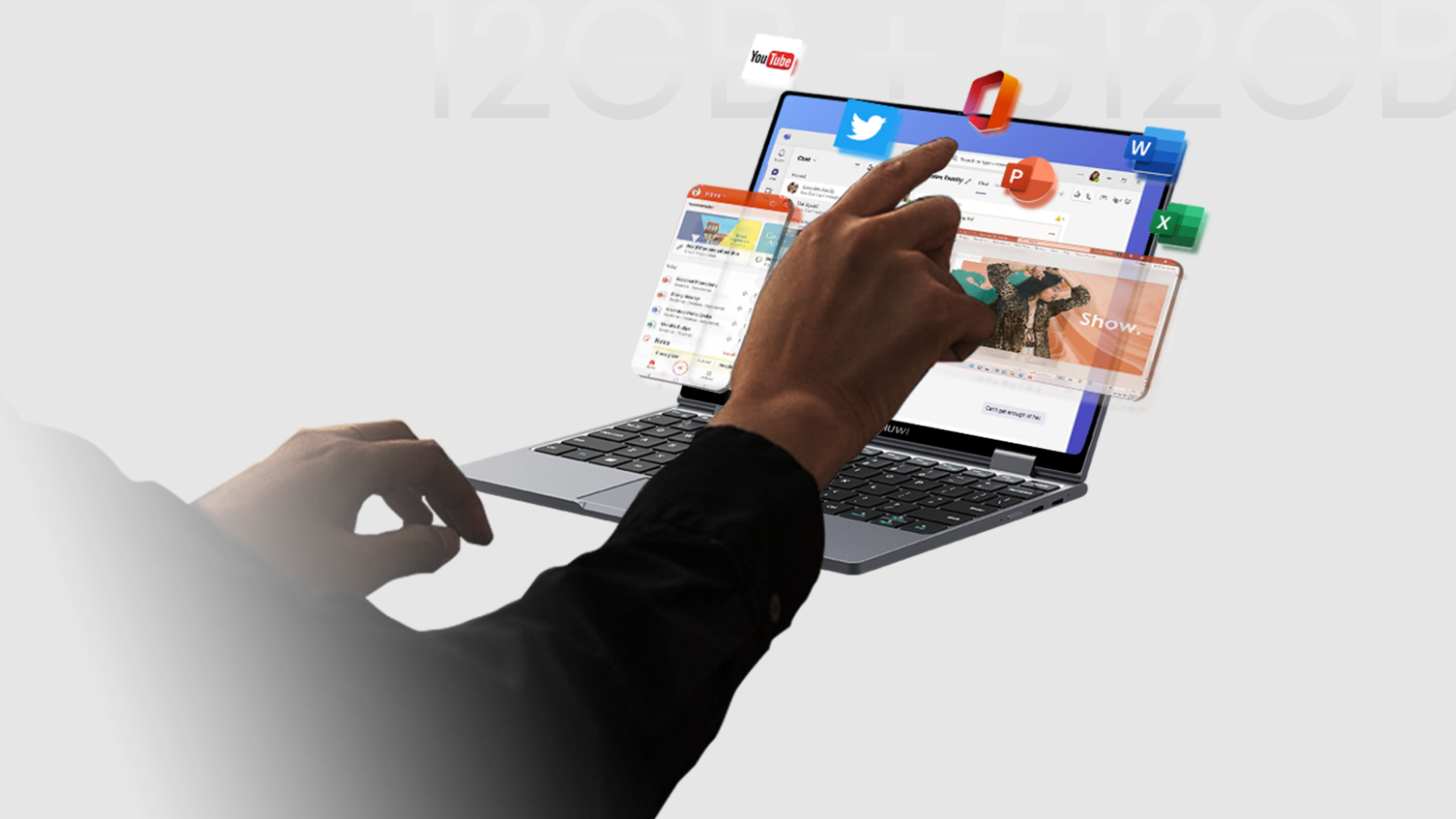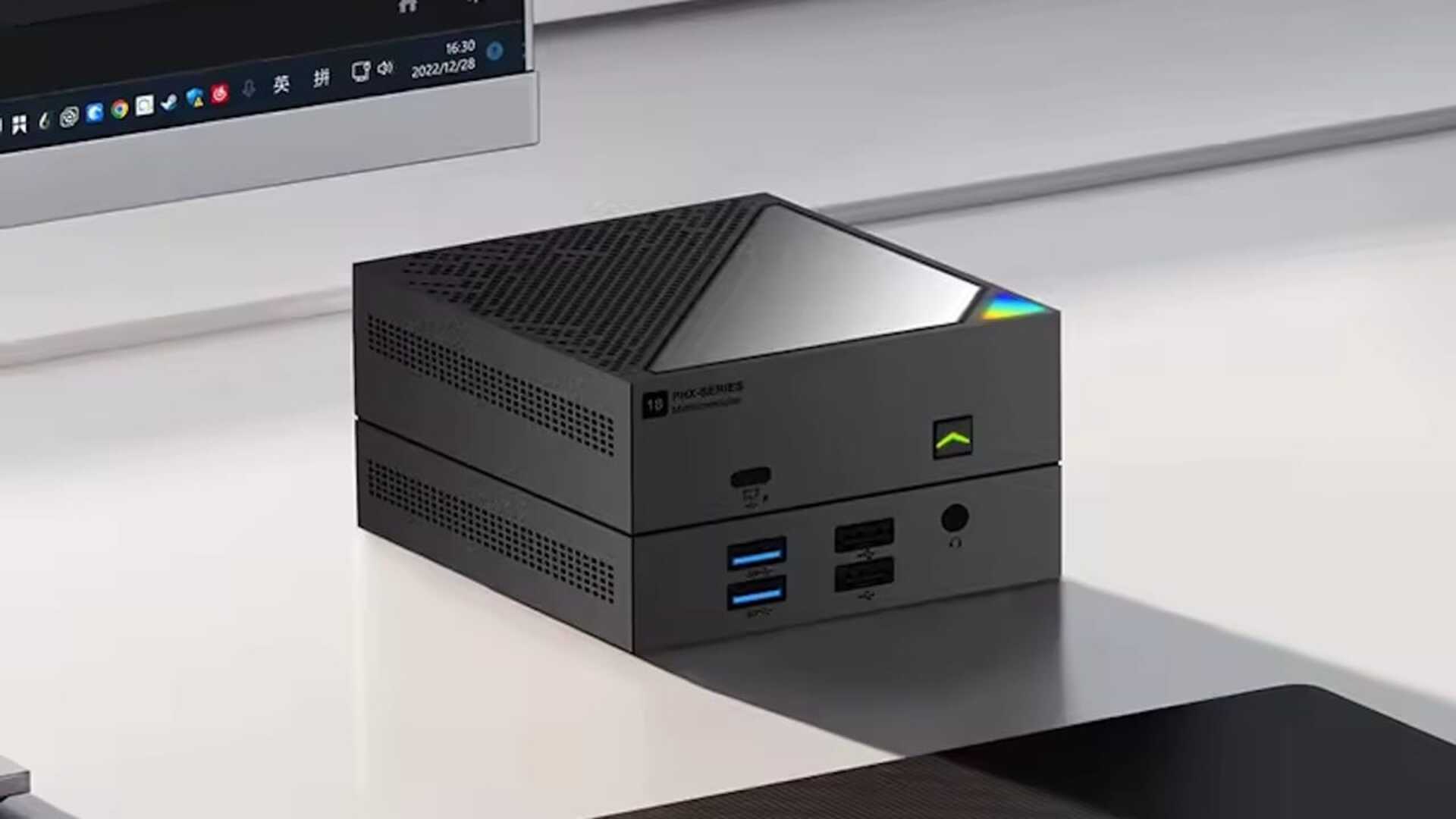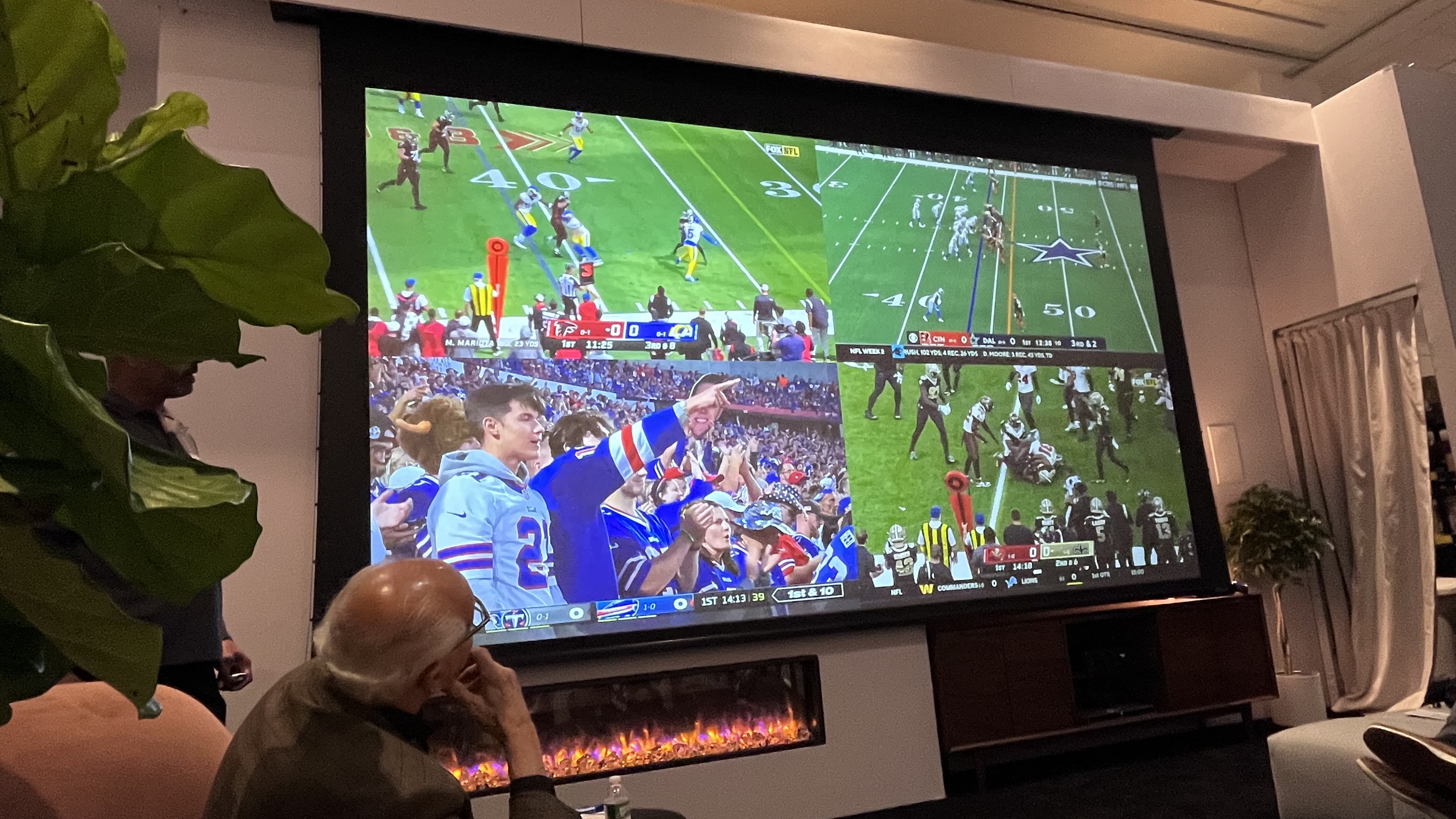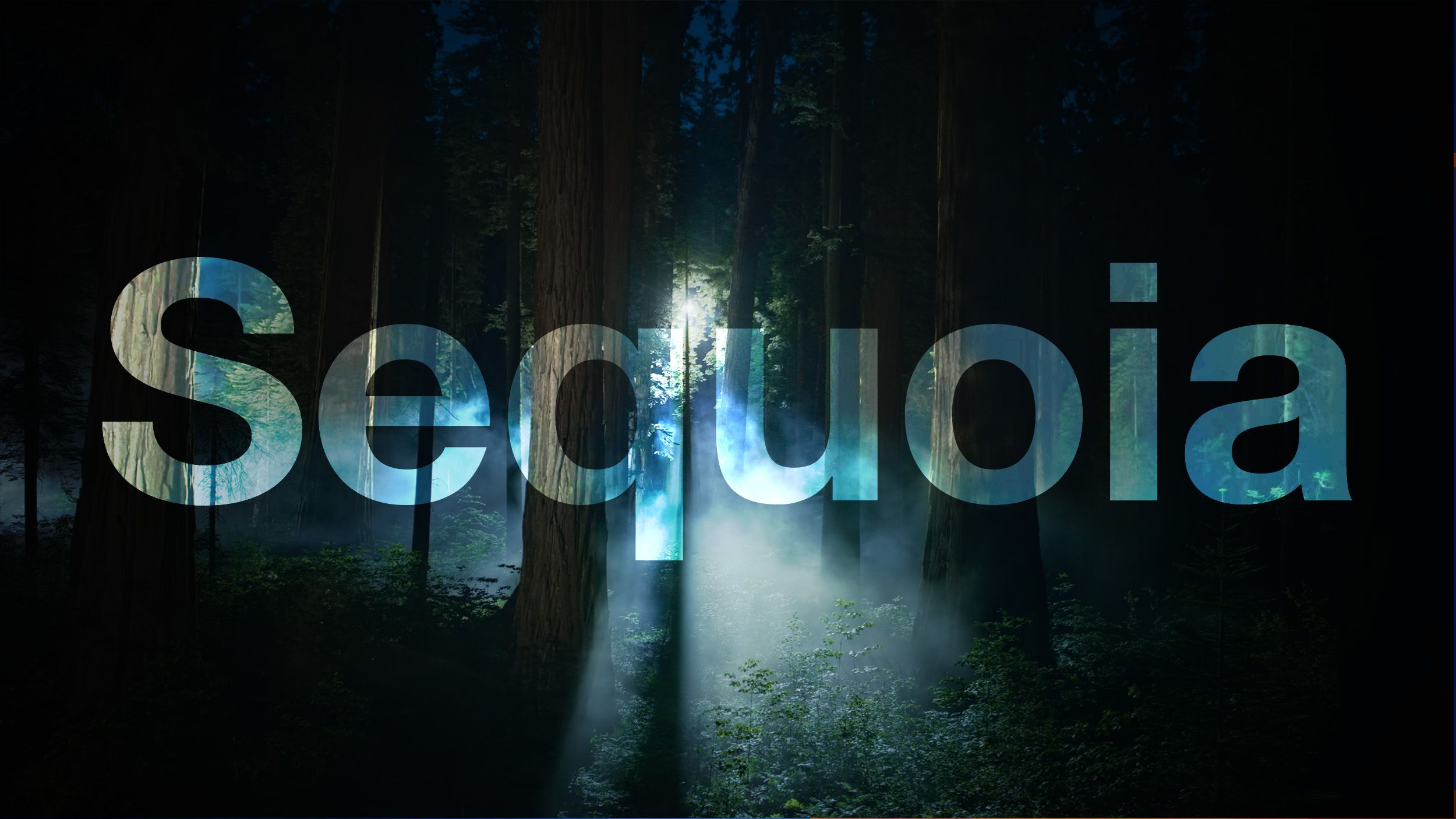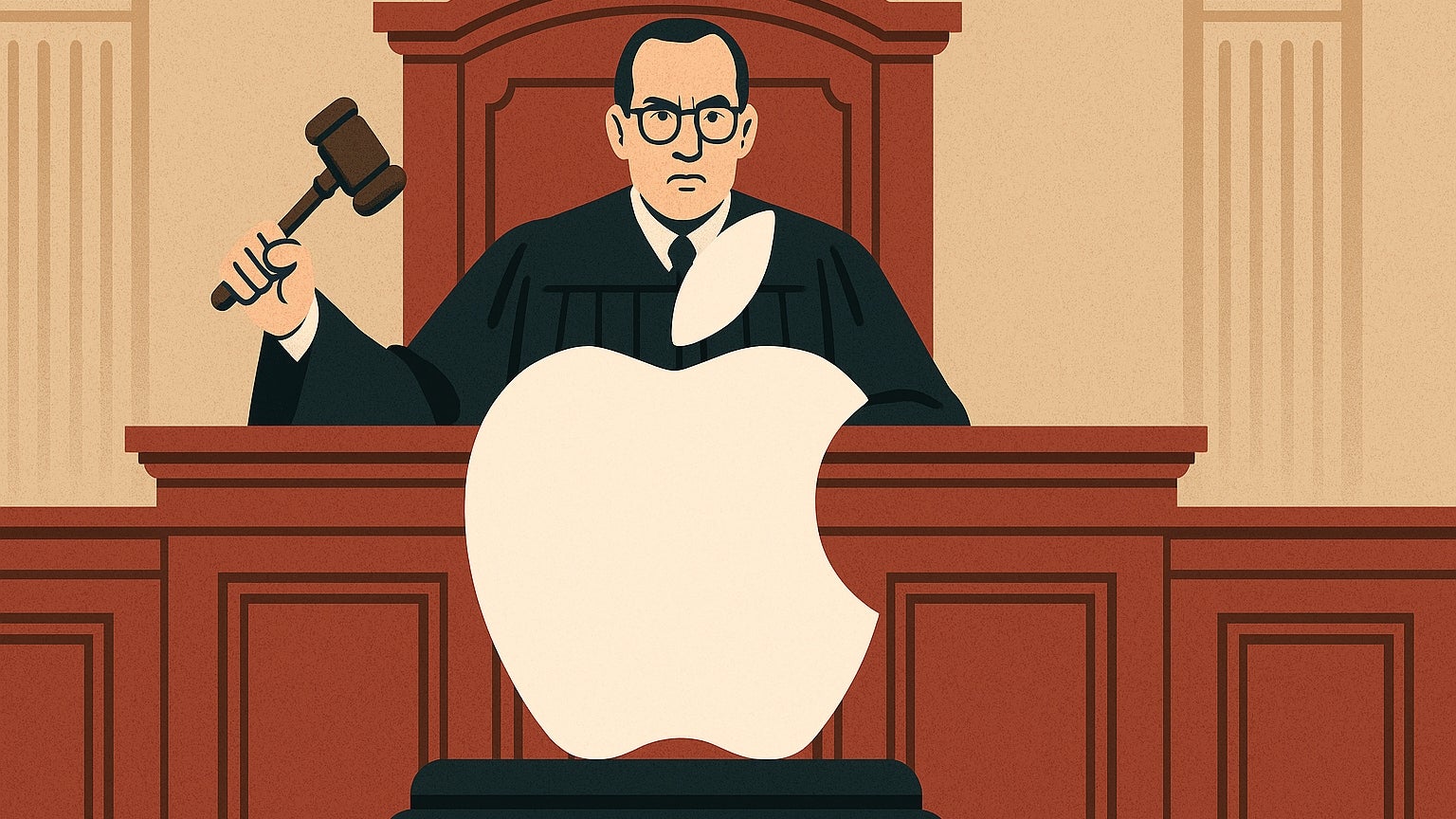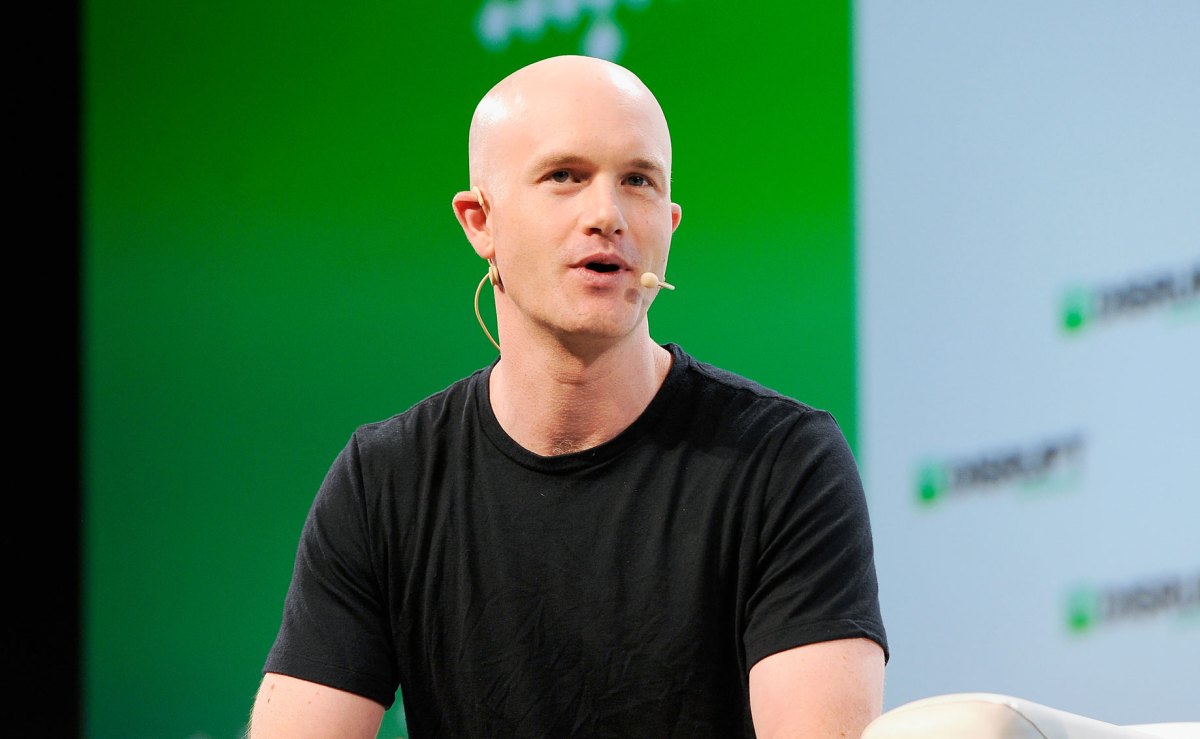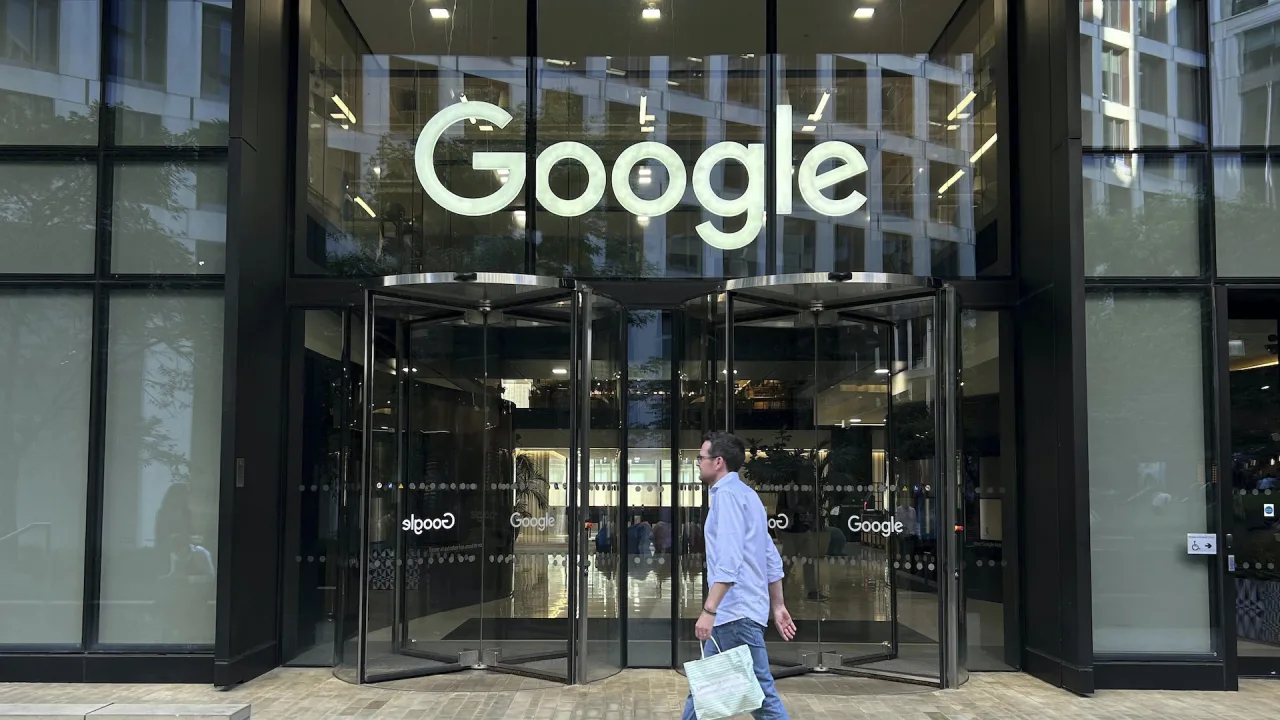Open Source Developer Financial Support and Community Networks in Blockchain and NFT Innovation: A Deep Dive
Abstract This post explores how open source developer financial support and community networks are powering innovation in blockchain, NFTs, and decentralized finance (DeFi). We discuss historical context, the key concepts behind sustainable funding models, and real-world applications. Emphasizing transparency, governance, and technical integration, we delve into innovative funding mechanisms such as sponsorship platforms, crowdfunding, and blockchain tokenization. With practical examples, challenges, and future outlooks, readers will gain insights into how industry stakeholders—from developers to investors—can nurture a thriving and secure open source ecosystem. Introduction The world of open source software is evolving rapidly, and with the rise of blockchain, NFT marketplaces, and DeFi platforms, financial support and community governance have never been more crucial. In this post, we examine how traditional and novel funding models converge with decentralized collaboration. We also discuss how innovative projects are implementing robust support networks that not only financially compensate developers but also foster mentorship, transparency, and technical excellence. Open source projects are the backbone of transformative technologies, yet many contributors still face financial challenges. By leveraging blockchain integration and community-driven governance, developers can access funding sources that previously seemed out of reach. Whether you’re an indie developer, a corporate sponsor, or simply an enthusiast of open source innovations, this post provides technical insights and actionable strategies to support sustainability in this dynamic ecosystem. Background and Context Open source software began as a grassroots movement where early pioneers freely shared code. This spirit of collaboration led to the creation of landmark projects like Linux and Apache, which have since reshaped the global technology landscape. In today’s decentralized world, open source licensing, community engagement, and innovative funding models play an essential role in driving blockchain and NFT innovations. Historical Origins: Originally, developers shared code to solve common problems without expecting financial reward. This ethos created communities built on mutual trust and transparency. However, as demand grew, traditional funding models struggled to support sustained, high-quality development. Defining Open Source and Its Economic Landscape: Open source software is characterized by publicly available code with licenses that allow use, modification, and distribution. Despite the widespread use of open source software, many projects still rely on volunteer labor with little direct compensation. Blockchain technology now offers tools to overcome these limitations through decentralized funding mechanisms and transparent governance models. Blockchain Integration and NFT Innovation: Blockchain’s distributed ledger technology guarantees data security and transparency. The rise of NFT marketplaces—where digital tokens signify unique assets and intellectual property—has led to the fusion of open source principles with financial innovation. This blend has spurred funding models based on recurring sponsorships, crowdfunding, and even tokenization strategies, where contributors earn rewards in digital tokens. For instance, projects like those detailed in Arbitrum and NFT Marketplaces illustrate how blockchain interoperability and open source funding can work hand in hand. Ecosystem Maturation: Early developer support was often informal, relying on mailing lists and community forums. Now, structured platforms such as GitHub Sponsors, OpenCollective, and corporate sponsorships (while managing open source licenses) have matured the ecosystem. By embracing legal frameworks like dual licensing and transparent governance—as discussed in Arbitrum and Open Source License Compatibility—projects can balance community creativity with commercial viability. Core Concepts and Features The success of open source funding models and community networks relies on several core concepts that bridge technology, finance, and governance. Below, we detail each concept and its impact on the ecosystem: 1. Community Building and Engagement At the heart of every successful open source project is a vibrant community. Key elements include: Mentorship Programs: Experienced developers guide newcomers, sharing knowledge and best practices. Resource Sharing: Platforms such as GitHub, Reddit, and dedicated documentation sites allow effective code sharing and troubleshooting. Collaborative Tools: Real-time messaging, code review systems, and transparent communication channels ensure rapid problem resolution. These elements create a network where mutual support drives both technical excellence and financial stability. 2. Financial Models and Funding Mechanisms Sustaining open source projec
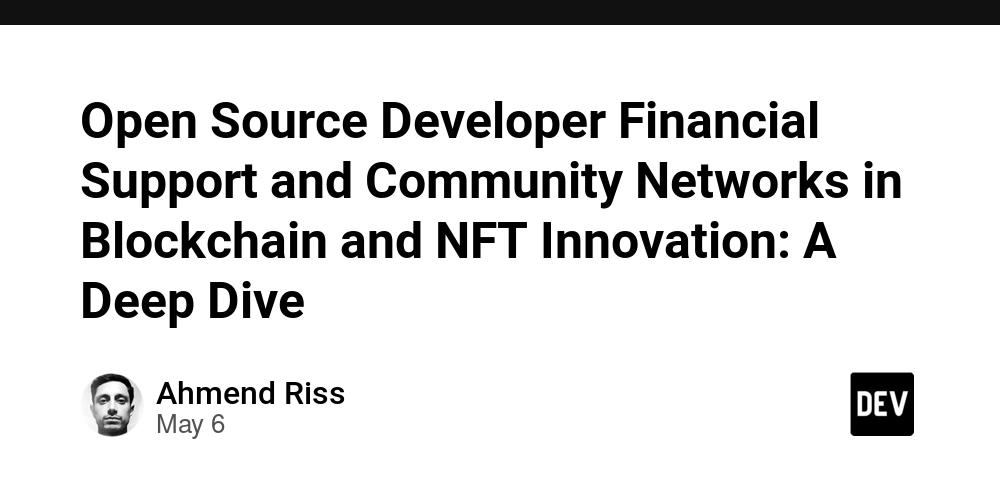
Abstract
This post explores how open source developer financial support and community networks are powering innovation in blockchain, NFTs, and decentralized finance (DeFi). We discuss historical context, the key concepts behind sustainable funding models, and real-world applications. Emphasizing transparency, governance, and technical integration, we delve into innovative funding mechanisms such as sponsorship platforms, crowdfunding, and blockchain tokenization. With practical examples, challenges, and future outlooks, readers will gain insights into how industry stakeholders—from developers to investors—can nurture a thriving and secure open source ecosystem.
Introduction
The world of open source software is evolving rapidly, and with the rise of blockchain, NFT marketplaces, and DeFi platforms, financial support and community governance have never been more crucial. In this post, we examine how traditional and novel funding models converge with decentralized collaboration. We also discuss how innovative projects are implementing robust support networks that not only financially compensate developers but also foster mentorship, transparency, and technical excellence.
Open source projects are the backbone of transformative technologies, yet many contributors still face financial challenges. By leveraging blockchain integration and community-driven governance, developers can access funding sources that previously seemed out of reach. Whether you’re an indie developer, a corporate sponsor, or simply an enthusiast of open source innovations, this post provides technical insights and actionable strategies to support sustainability in this dynamic ecosystem.
Background and Context
Open source software began as a grassroots movement where early pioneers freely shared code. This spirit of collaboration led to the creation of landmark projects like Linux and Apache, which have since reshaped the global technology landscape. In today’s decentralized world, open source licensing, community engagement, and innovative funding models play an essential role in driving blockchain and NFT innovations.
Historical Origins:
Originally, developers shared code to solve common problems without expecting financial reward. This ethos created communities built on mutual trust and transparency. However, as demand grew, traditional funding models struggled to support sustained, high-quality development.
Defining Open Source and Its Economic Landscape:
Open source software is characterized by publicly available code with licenses that allow use, modification, and distribution. Despite the widespread use of open source software, many projects still rely on volunteer labor with little direct compensation. Blockchain technology now offers tools to overcome these limitations through decentralized funding mechanisms and transparent governance models.
Blockchain Integration and NFT Innovation:
Blockchain’s distributed ledger technology guarantees data security and transparency. The rise of NFT marketplaces—where digital tokens signify unique assets and intellectual property—has led to the fusion of open source principles with financial innovation. This blend has spurred funding models based on recurring sponsorships, crowdfunding, and even tokenization strategies, where contributors earn rewards in digital tokens. For instance, projects like those detailed in Arbitrum and NFT Marketplaces illustrate how blockchain interoperability and open source funding can work hand in hand.
Ecosystem Maturation:
Early developer support was often informal, relying on mailing lists and community forums. Now, structured platforms such as GitHub Sponsors, OpenCollective, and corporate sponsorships (while managing open source licenses) have matured the ecosystem. By embracing legal frameworks like dual licensing and transparent governance—as discussed in Arbitrum and Open Source License Compatibility—projects can balance community creativity with commercial viability.
Core Concepts and Features
The success of open source funding models and community networks relies on several core concepts that bridge technology, finance, and governance. Below, we detail each concept and its impact on the ecosystem:
1. Community Building and Engagement
At the heart of every successful open source project is a vibrant community. Key elements include:
- Mentorship Programs: Experienced developers guide newcomers, sharing knowledge and best practices.
- Resource Sharing: Platforms such as GitHub, Reddit, and dedicated documentation sites allow effective code sharing and troubleshooting.
- Collaborative Tools: Real-time messaging, code review systems, and transparent communication channels ensure rapid problem resolution.
These elements create a network where mutual support drives both technical excellence and financial stability.
2. Financial Models and Funding Mechanisms
Sustaining open source projects demands robust financial support. Diverse funding paths blend traditional and blockchain-based strategies:
- Sponsorship Platforms: Tools like GitHub Sponsors and Patreon allow individuals and organizations to provide recurring support.
- Crowdfunding Campaigns: Platforms such as OpenCollective and Kickstarter enable developers to raise seed funding for project milestones.
- Corporate Contributions: Companies invested in open source outcomes can contribute funds, ensuring ongoing maintenance and innovation.
- Tokenization: Blockchain enables digital tokens and NFTs as rewards, promoting financial incentives aligned with developer performance. Innovative examples include strategies discussed in Arbitrum and De-Fi Yield.
Below is a table summarizing key funding models:
| Funding Model | Description | Example Platform/Link |
|---|---|---|
| Sponsorship | Regular, recurring contributions supporting ongoing development. | GitHub Sponsors, Patreon |
| Crowdfunding | Collecting small contributions from many supporters. | OpenCollective, Kickstarter |
| Corporate Contributions | Funding through direct corporate investment, ensuring broader ecosystem alignment. | Corporate sponsorship programs |
| Tokenization/NFT Rewards | Issuing digital tokens or NFTs as recognition and incentive through blockchain technology. | See Arbitrum and NFT Marketplaces |
3. Governance Models and Legal Frameworks
Effective governance is critical for transparent decision-making and legal protection. Key features include:
- Open Source Licensing: Licenses such as MIT, Apache, and GPL protect both code and contributors. Legal clarity ensures that innovation is shared responsibly.
- Dual Licensing Options: Developers often offer a free community version while providing commercial licenses for advanced features.
- Decentralized Governance: On-chain voting and blockchain-based consensus mechanisms increase transparency and collective decision-making.
Legal frameworks provide the backbone for ensuring developers receive proper recognition and financial support while encouraging community-driven project evolution.
4. Integration of Blockchain and NFT Innovations
Combining blockchain technology with open source development introduces novel solutions for funding and collaboration:
- Decentralized Finance (DeFi): Blockchain-backed financial protocols ensure transparent and secure fund management.
- NFT Rewards: Digital tokens can represent a contributor's stake, rewarding uniqueness similar to digital art verification.
- Interoperability Solutions: Cross-chain bridges and standardized APIs ensure that disparate projects remain connected, as seen in Arbitrum and Cross-Chain Bridges.
5. Knowledge Exchange and Developer Tools
Sharing knowledge accelerates innovation and keeps the community resilient:
- Educational Resources: Interactive webinars, extensive tutorial libraries, and detailed documentation help onboard and guide developers.
- Collaborative Tools: Code repositories, continuous integration systems, and communication platforms boost productivity and code quality.
- Mentorship and Peer Reviews: Regular code reviews and technical discussions cultivate a culture of excellence and continuous improvement.
Applications and Use Cases
The integration of open source funding with blockchain technologies has practical applications across industries. We explore several use cases:
1. Blockchain and DeFi Projects
Blockchain technologies thrive on community collaboration and transparent funding. Key applications include:
- Securing Infrastructure: Open source communities often collaboratively secure blockchain networks, ensuring resilience against attacks.
- Interoperability Solutions: Technologies such as Arbitrum and Blockchain Interoperability promote seamless interaction between different blockchain protocols.
- DeFi Yield Optimization: By using tokenization and innovative funding models, developers create robust DeFi systems for decentralized lending and yield farming.
- Fraud Detection and Auditing: Community-driven reviews and security audits continuously monitor for vulnerabilities.
Bullet List of Blockchain Use Cases:
- Decentralized Governance and Transparent Funding
- Cross-Chain Communication and Interoperability
- Tokenization for Real-Time Incentives
- Enhanced Security through Peer Reviews
2. NFT Marketplaces and Digital Collectibles
NFT platforms fundamentally change digital ownership by combining art, technology, and community support:
- Authenticity Verification: Blockchain ensures that digital art remains authentic and that provenance is immutable.
- Innovative Funding Models: NFT marketplaces often reward creators and developers through tokenization, creating a symbiotic ecosystem.
- Community Collaboration: Artists and developers work together to build authentic, engaging digital assets. Learn more in Arbitrum and NFT Marketplaces.
3. Developer Tools and Integrated Ecosystem Platforms
The open source ecosystem extends into developer tools that enhance productivity and engagement:
- Integrated Development Environments (IDEs): Real-time collaboration tools and debugging environments streamline the development process.
- Continuous Integration/Continuous Deployment (CI/CD): Automating testing and deployment helps maintain high software quality.
- Resource Sharing and Documentation Platforms: Centralized libraries, API documentation, and knowledge bases accelerate learning and reduce duplication of effort.
Below is a table summarizing developer tool applications:
| Tool Component | Function | Impact |
|---|---|---|
| Code Repositories | Centralized storage and version control of code. | Simplifies collaboration and code review. |
| Continuous Integration Tools | Automate testing and deployment processes. | Enhances code quality and delivery speed. |
| Documentation Platforms | Hosting tutorials and technical guides. | Helps onboard new developers quickly. |
| Communication Channels | Real-time messaging and forum discussions. | Strengthens community engagement. |
Challenges and Limitations
Despite the promise of these innovative models, several challenges must be overcome:
Technical Challenges
- Interoperability Complexities: Integrating various blockchain protocols and open source projects often leads to compatibility issues. Standardization efforts are ongoing, yet challenges remain.
- Security Vulnerabilities: Open access to code increases exposure to malicious activities. Regular audits and decentralized governance can mitigate risks, but continuous vigilance is required.
- Scalability Concerns: As projects grow, legacy code and technical debt can hinder expansion. Refactoring and modern development practices are essential to maintain quality.
Adoption and Community Challenges
- Maintaining Community Engagement: Active participation may decline during periods of low funding or lack of new features. Keeping communities engaged requires continuous innovation and outreach.
- Funding Inconsistencies: Although multiple funding models exist, securing consistent financial support remains a challenge. Innovative strategies such as tokenization must overcome regulatory uncertainties.
- Governance Disputes: Decentralized decision-making can sometimes lead to conflicts or inefficient consensus processes, hindering project momentum.
External Pressures
- Corporate Influence: While corporations bring much-needed funds, their involvement may shift projects toward proprietary interests, potentially undermining open source ideals.
- Regulatory Uncertainty: Varying legal frameworks across jurisdictions complicate licensing and blockchain regulations. This can slow down innovation and fund distribution.
- Rapid Technological Change: Continuous evolution of blockchain and NFT technologies demands that developers constantly update their skills and tools to remain competitive.
Future Outlook and Innovations
Looking forward, several trends and advancements are poised to enhance the sustainability and effectiveness of open source funding models in blockchain and NFT ecosystems:
Advancements in Blockchain Integration
- Enhanced Protocol Maturity: As blockchain platforms mature, closer integration between traditional funding and decentralized finance (DeFi) will offer more secure and transparent funding streams. Projects like Arbitrum and Blockchain Interoperability lead this evolution.
- AI-Enhanced Developer Tools: The emergence of AI-powered code analysis and collaboration platforms will further reduce time-to-market and improve software quality.
- Standardization Efforts: Ongoing work on standardized APIs and cross-chain bridges will further eliminate interoperability challenges, ensuring seamless collaboration across projects.
Evolving Financial Models
- Token-Based and Hybrid Funding: Future funding models are likely to merge traditional corporate sponsorships with blockchain tokenization. This hybrid approach creates resilience against market fluctuations.
- Increased Adoption of NFTs for Incentivization: NFT rewards, which recognize individual contributions uniquely, will likely become mainstream, ensuring that developers benefit from their creative input.
- Crowdfunding 2.0: New platforms will offer more sophisticated crowdfunding mechanisms, including quadratic funding and revenue-sharing models, enhancing community ownership in projects.
Governance and Global Collaboration
- Decentralized On-Chain Governance: Technology enabling decentralized voting and transparency will empower communities, reduce internal disputes, and refine decision-making processes.
- Global Developer Communities: As geographical and cultural barriers diminish through online collaboration, a more diverse array of talent will join the open source ecosystem, enhancing innovation.
- Legal and Regulatory Adaptation: As open source financial models and NFT tokenization become integral to mainstream business, legal frameworks will adapt to support these models while preserving transparency and fairness.
Summary
In summary, open source developer financial support and community networks are fundamental to driving the explosion of innovation in blockchain, NFT, and DeFi spaces. By integrating robust financial models, legal frameworks, and collaborative tools, the open source ecosystem is transitioning from volunteer-driven initiatives to sustainable, financially rewarded endeavors.
This post has explored:
- Historical context that laid the foundation for collaborative code sharing and its evolution into a decentralized, blockchain-integrated system.
- Core concepts such as community engagement, innovative funding models, decentralized governance, and educational tools that bolster the ecosystem.
- Practical applications across blockchain infrastructure, NFT marketplaces, and developer tool ecosystems, ensuring transparency and sustainability in open source projects.
- Challenges and limitations including technical intricacies, engagement hurdles, and regulatory uncertainties that require ongoing adaptation.
- Future trends including enhanced blockchain interoperability, token-based incentives, AI-powered development tools, and scalable governance models that will enable projects to thrive in a rapidly evolving digital landscape.
For a deeper look into related topics, check out additional insights on developer funding in this open source developer financial support article. Also, resources like Arbitrum and Cross-Chain Bridges and Arbitrum and De-Fi Yield provide further technical details about integrated funding and blockchain interoperability.
Additional Recommended Reads:
- Sustaining Open Source: The Importance of Financial Support
- Open Source Developer Financial Independence: A New Era of Opportunities
- License Token: Revolutionizing OSS License Distribution
In conclusion, the synergy of open source collaboration with innovative blockchain funding and NFT integration not only secures the financial well-being of developers but also propels technological advancements in ways never before seen. By embracing these models, stakeholders can democratize innovation, ensure legal and technical robustness, and build a resilient ecosystem that is ready to meet the challenges of tomorrow.
Whether you are a developer eager to contribute, a corporate partner looking to invest, or an enthusiast interested in the future of digital innovation, understanding these trends is crucial. The future of open source technology—and with it, our digital world—relies on robust financial support, transparent governance, and the collaborative spirit that has defined the open source movement for decades.
Through continued exploration and adoption of innovative funding methods, enhanced community engagement, and groundbreaking blockchain interoperability, the open source movement is poised to enter a new era. This era not only celebrates the creativity of individual contributors but also ensures that each effort is both financially viable and technically secure.
By investing in the long-term sustainability of these projects, we are actively shaping a future where technology, art, and community intertwine—creating a dynamic, inclusive, and resilient digital ecosystem.
This comprehensive examination underscores how financial support, technical innovation, and community networks collectively push the boundaries of what is possible in open source, blockchain, and NFT development. Embrace the revolution, engage with your community, and let’s shape the future together!







































































































































































![[The AI Show Episode 146]: Rise of “AI-First” Companies, AI Job Disruption, GPT-4o Update Gets Rolled Back, How Big Consulting Firms Use AI, and Meta AI App](https://www.marketingaiinstitute.com/hubfs/ep%20146%20cover.png)
















































































































































































.jpg?width=1920&height=1920&fit=bounds&quality=70&format=jpg&auto=webp#)





































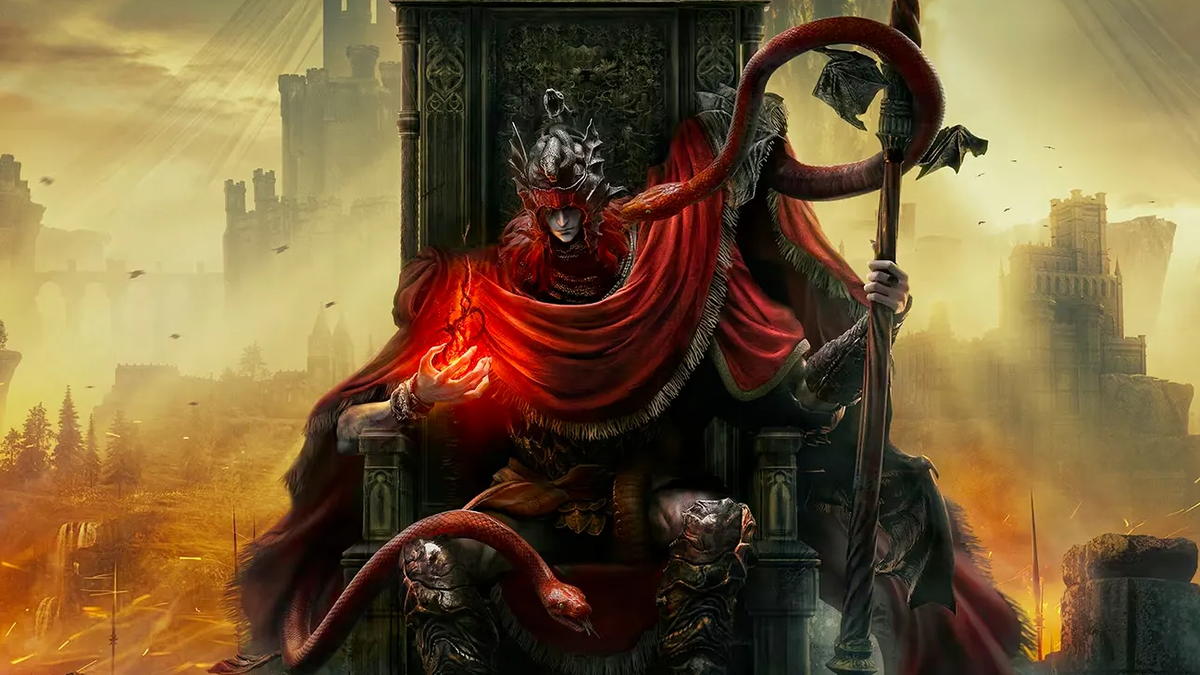














































_Brian_Jackson_Alamy.jpg?width=1280&auto=webp&quality=80&disable=upscale#)

_Steven_Jones_Alamy.jpg?width=1280&auto=webp&quality=80&disable=upscale#)


 Stolen 884,000 Credit Card Details on 13 Million Clicks from Users Worldwide.webp?#)



















































































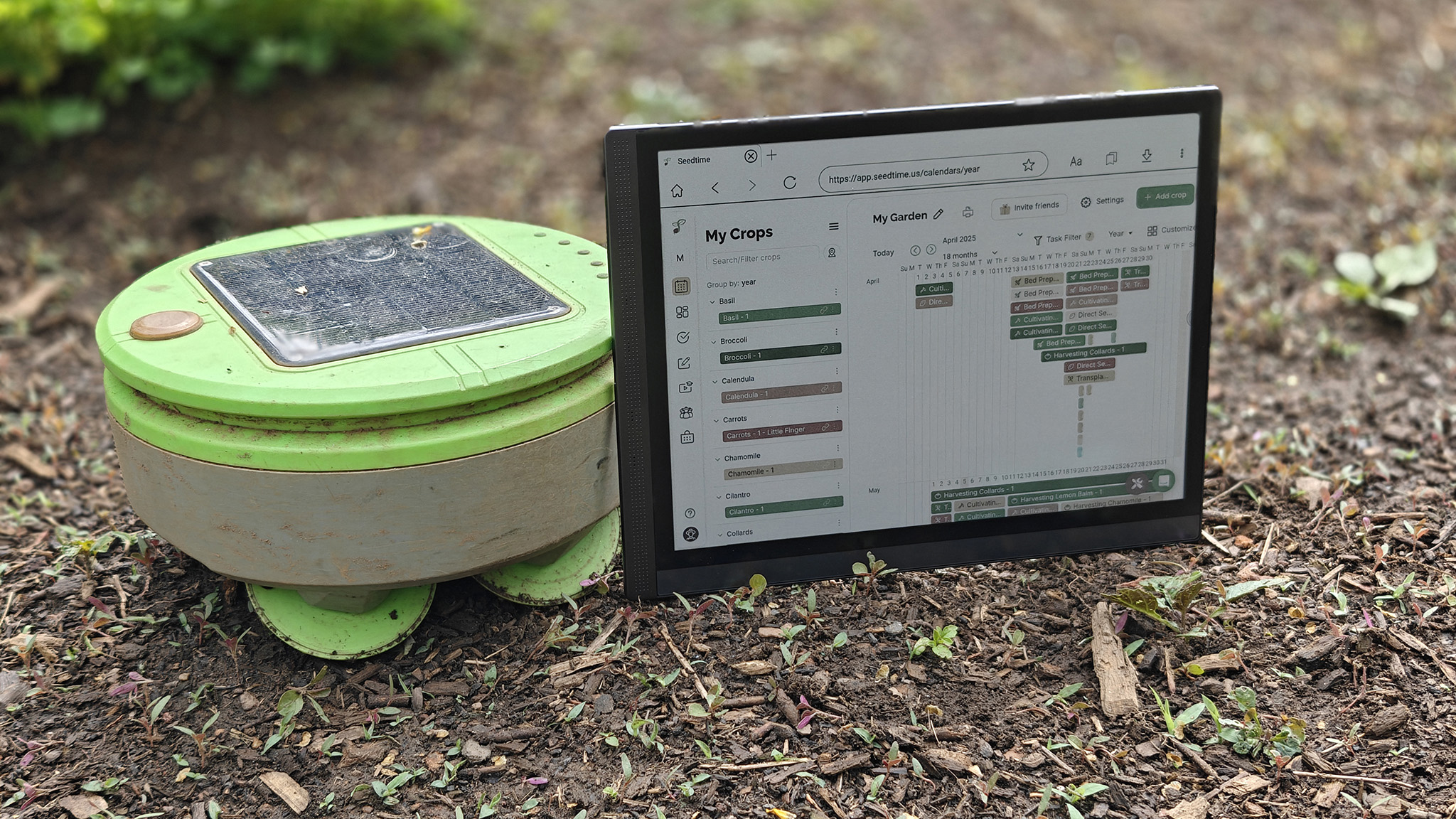










![Google rolling out Nest Wifi Pro April 2025 update [U]](https://i0.wp.com/9to5google.com/wp-content/uploads/sites/4/2022/10/Nest-Wifi-Pro-1.jpg?resize=1200%2C628&quality=82&strip=all&ssl=1)









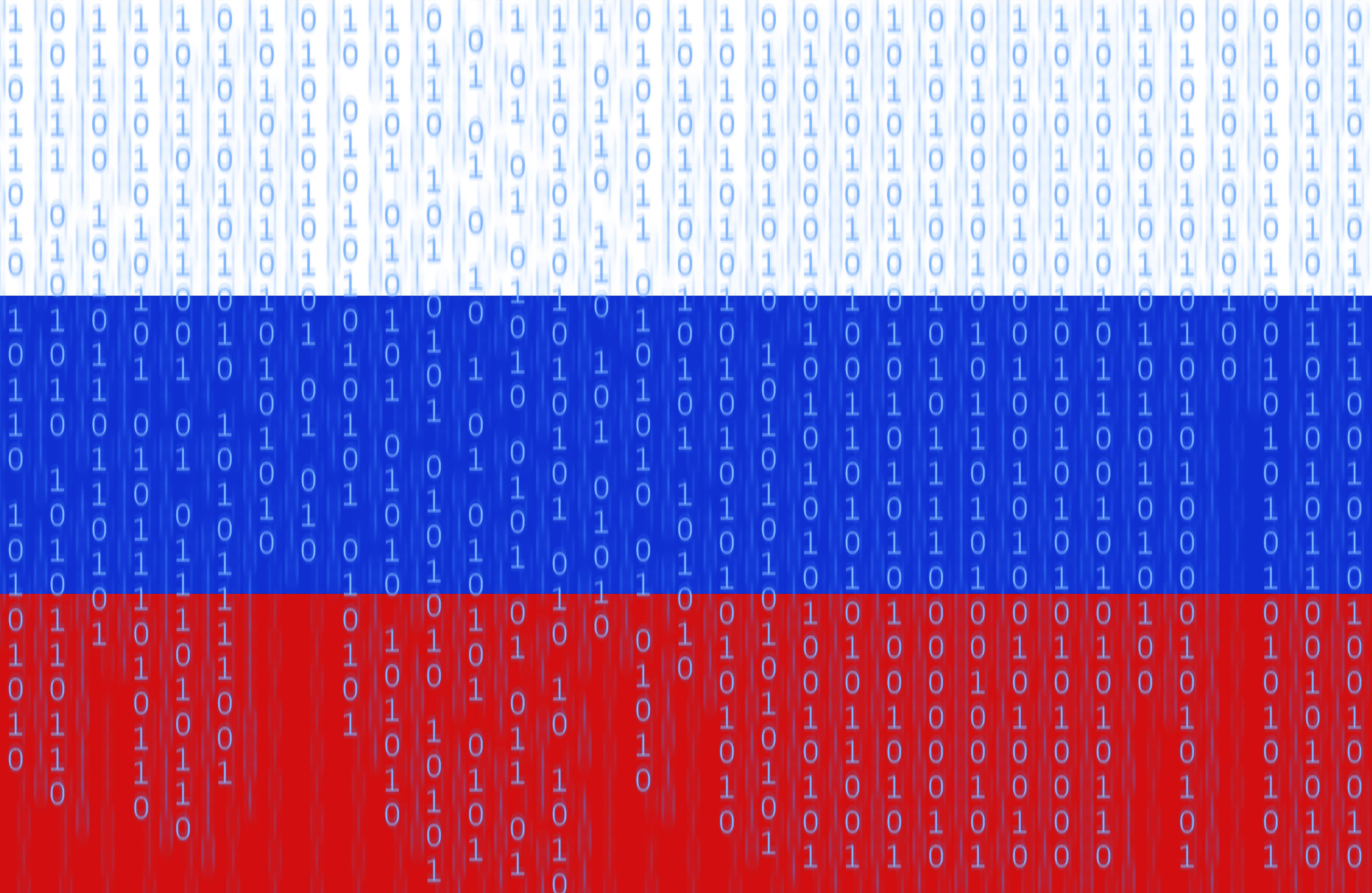
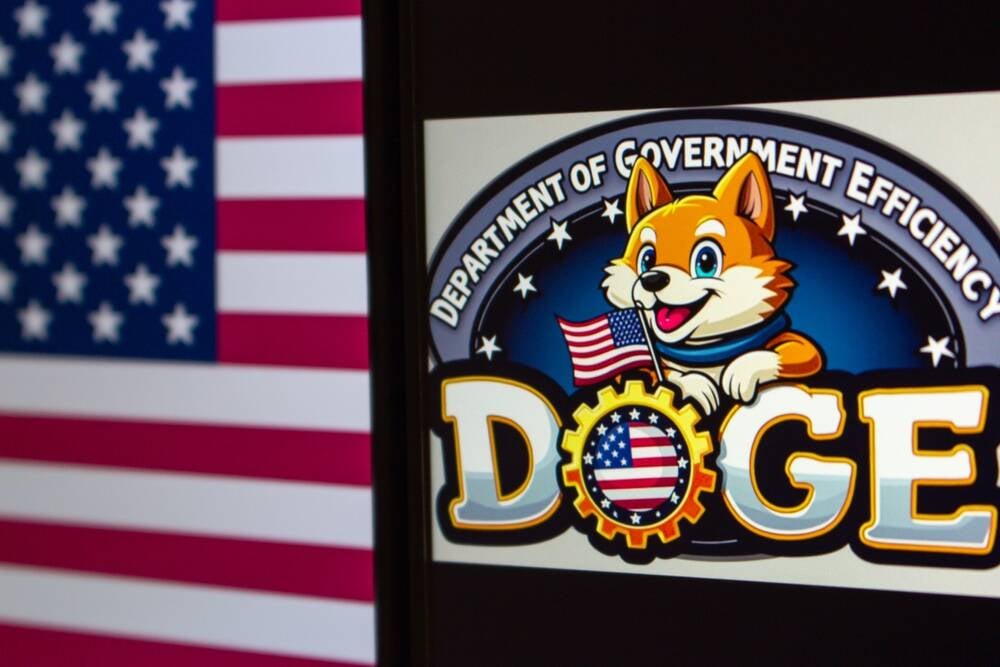

![Apple Seeds visionOS 2.5 RC to Developers [Download]](https://www.iclarified.com/images/news/97240/97240/97240-640.jpg)
![Apple Seeds tvOS 18.5 RC to Developers [Download]](https://www.iclarified.com/images/news/97243/97243/97243-640.jpg)

![Apple Releases macOS Sequoia 15.5 RC to Developers [Download]](https://www.iclarified.com/images/news/97245/97245/97245-640.jpg)















